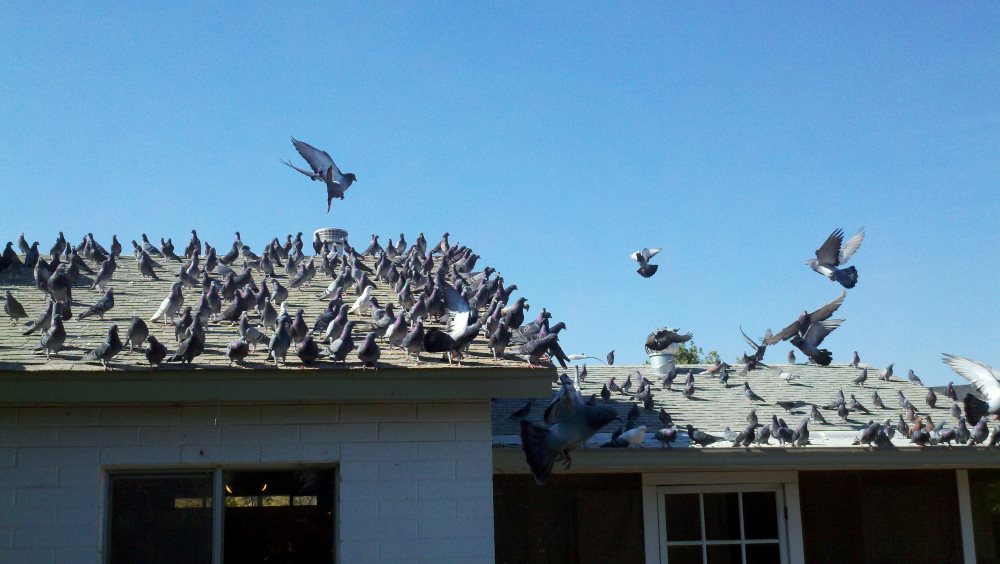Swifts have declined, starlings and house sparrows are red listed, and house martins and swallows are amber listed.
Swifts, swallows and house martins cause much confusion in terms of their ID on the wing and their nests themselves. Swifts nest in holes in roofs, cliffs and walls and never land on the ground. Swallows have nests that are mud-built, the shape of half a bowl, usually found under the eaves. House martins nests are like swallows in their construction material, but are more enclosed with a small opening for exit and entrance.
Birds should be allowed to nest wherever there is no conflict. Roofs are vital sanctuaries for them all because of the loss of natural nest sites. They do need our help, so, if at all possible, please allow them to access to nest in your roof but if the roof must be sealed off, place nest boxes under the eaves for starlings, sparrows, swifts, swallows and house martins.
All bird nests are protected by law. It is illegal to intentionally disturb or destroy the active nest of any wild bird.
If you must deter birds from nesting in your roof, work to deny access must be done during the winter months when they are not nesting
What to do next
• Check your building each winter, ideally between October and February, or ask someone else to do it for you. Clean out and seal any holes or gaps as appropriate. Do this during the morning to minimise the risk of roosting birds being trapped in. Check it at regular intervals until you are certain that no birds remain.
• In domestic properties, if there is doubt that all birds have left, fix a fine wire mesh over the entrance so that you can see any trapped birds. Only make a permanent repair when you are certain that no birds remain.
• For larger or commercial properties it can be more difficult to establish that all birds have left. In these cases, it may be advisable to seek advice from a bird specialist. Contact National Bird Control.
• You must not damage or destroy an active nest and you must allow the young to leave the nest before taking any action to block the entrance.
• Don’t start work if you know birds are nesting, and if you do discover a nest then leave it alone!
• If it does need to be moved, a general licence, issued by the government, allows ‘authorised persons’ to kill or take roof-nesting feral pigeons in Britain, and house sparrows, starlings and feral pigeons in Northern Ireland, and destroy their nests. This is only if it can be shown that action was necessary for the purpose of preserving public health.
• You should always avoid roofing work if you know birds are nesting there, but sometimes a roof nest is only discovered during renovation work. If this happens and the roof cannot be left until the young have flown, you can make an artificial nest box for a starling or sparrow quickly and simply by cutting a four-litre ice cream tub.
Making an artificial nest box
Cut an entrance close to the top of one long side (diameter 32mm for house sparrow and 45mm for starling), and roughen the surface below the entrance hole to give the birds some grip. On the opposite side, make two small holes about 25mm down and 75mm apart. Thread string through for fixing, and make two small drainage holes in the bottom. Place the nest together with eggs or young into the box. Close the box, leaving the side hole as the only entry.
Fix the box as near as possible to the original site. The parents will usually find their young and continue to look after them in the new location.


Leave A Comment